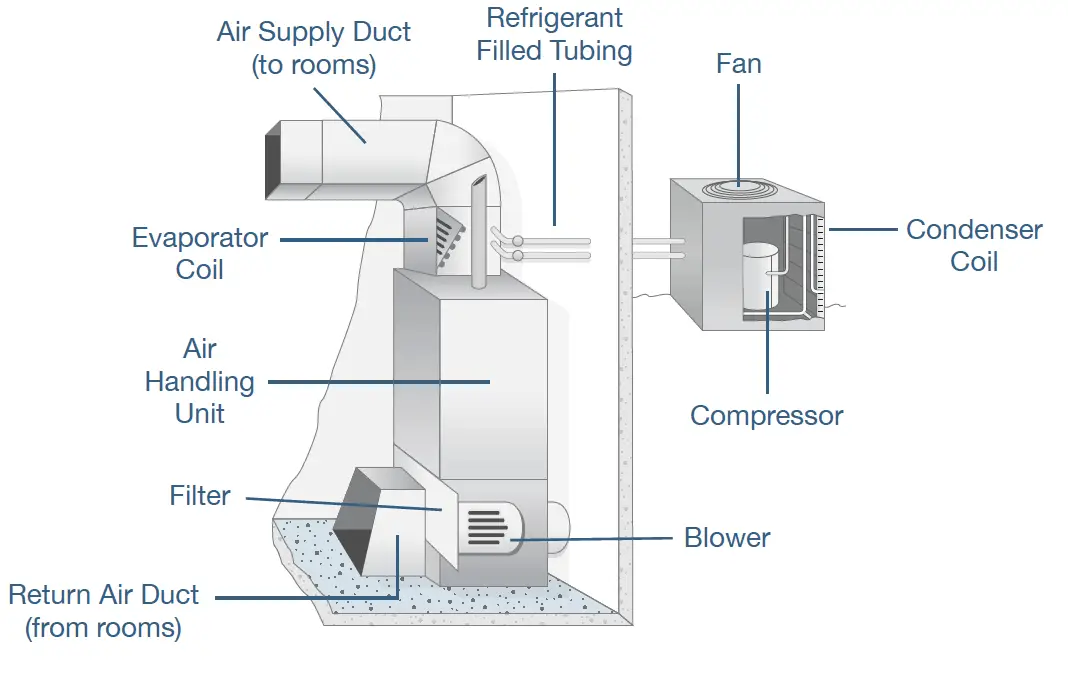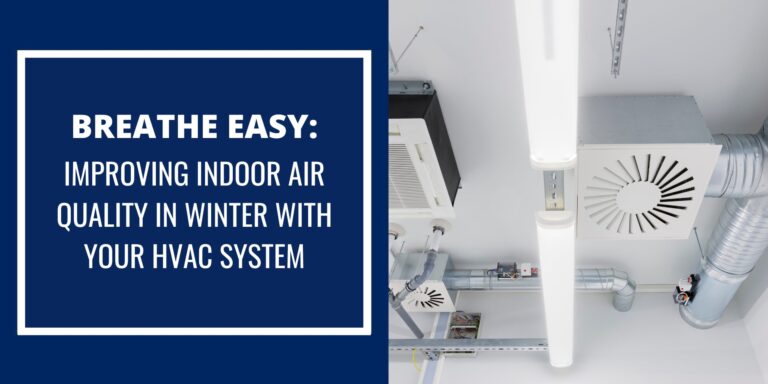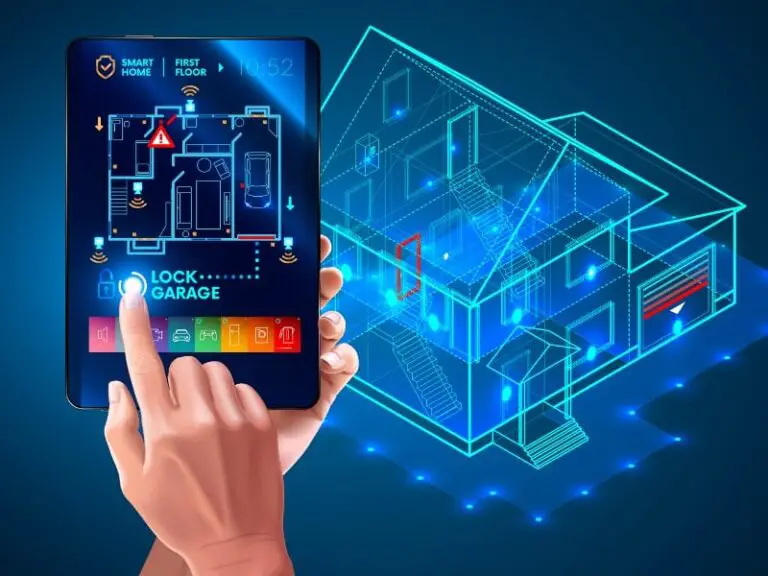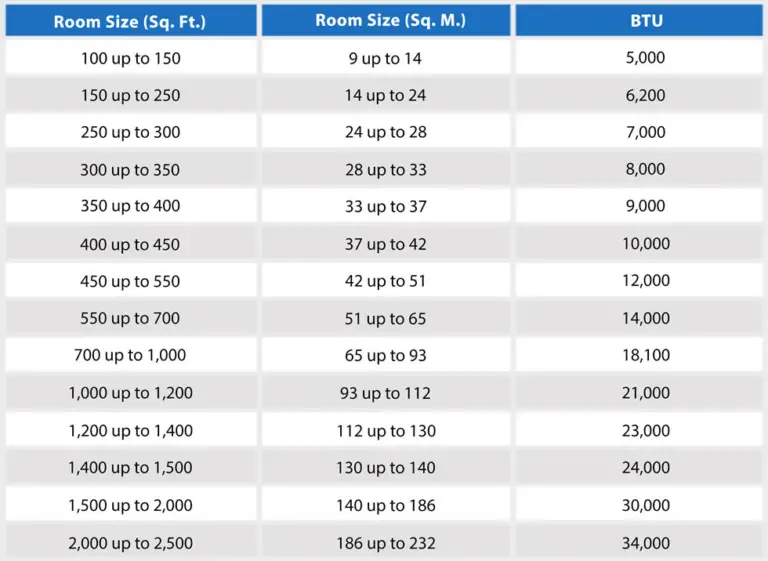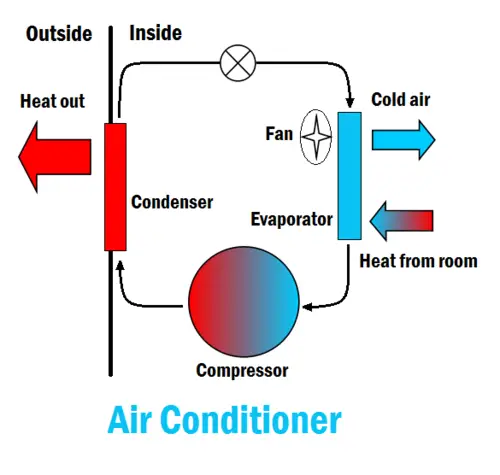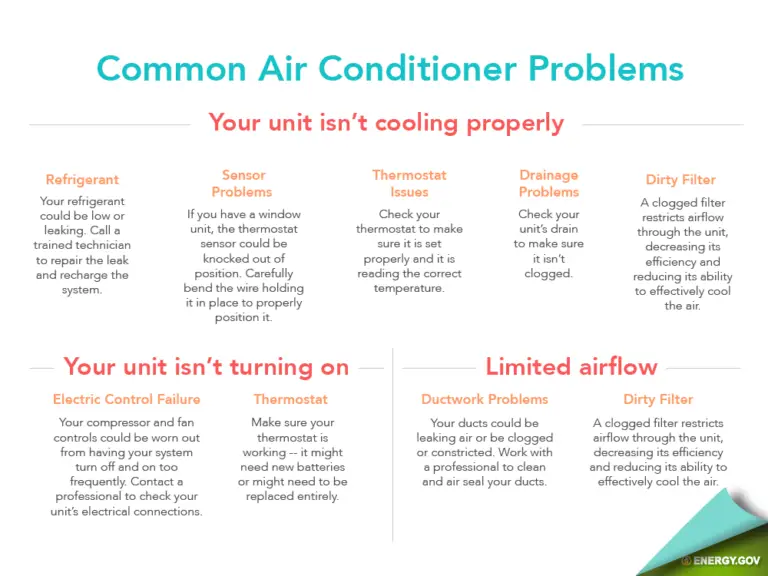From Filter to Fan: Understanding the Components of Your Central Air Conditioning System
With summer temperatures soaring to uncomfortable levels, the soothing hum of a central air conditioning system can make all the difference in maintaining a cool, comfortable home environment. However, beyond that cool breeze lies a complex network of essential components that work together to keep your space fresh and comfortable. Whether you’re a homeowner looking to understand your system better or an HVAC professional wanting to brush up on the basics, this comprehensive guide will break down the integral parts of your central air conditioning unit.
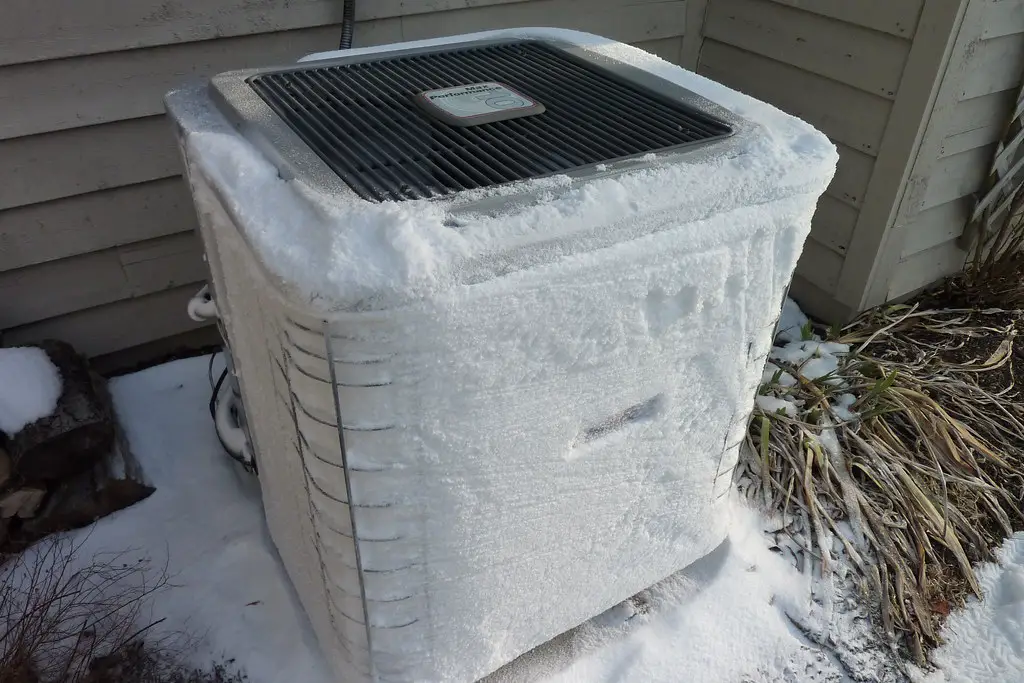
The Air Filter
The air filter is your first line of defense against airborne contaminants. Its primary function is to trap dust, pollen, and other particles, preventing them from clogging up the inner machinery of your system. Neglecting the air filter is not an option; it can lead to reduced airflow, higher energy consumption, and can even negatively impact your indoor air quality.
Importance of Regular Maintenance
Change or clean your air filter every 30-90 days, or as recommended by the manufacturer. This simple yet crucial upkeep task can greatly extend the life of your HVAC system.
Types of Filters and Their Efficiencies
There are various filters available with different levels of efficiency, measured by MERV ratings. From basic fiberglass filters to high-efficiency particulate air (HEPA) filters, each serves a different purpose. Understand which type suits your needs by evaluating factors such as cost, performance, and required maintenance.
The Thermostat
Often the central unit’s silent commander, the thermostat is where you exercise control over your home’s temperature. It reads the ambient temperature and signals the air conditioner to turn on or off to reach the desired setting.
Smart Thermostat Benefits
Modern smart thermostats go beyond basic temperature adjustment. They learn your habits, allow remote control, and can even save on energy bills by optimizing heating and cooling cycles.
Tips for Optimal Temperature Control
Set programmable temperatures for different times of the day to ensure maximum comfort and efficiency. Avoid drastic temperature changes that can cause the system to overwork.
The Evaporator Coil
The evaporator coil is where the magic of heat transfer occurs. Warm air from inside the home is blown over the coil, and the refrigerant inside absorbs the heat, leaving the air cooler, dehumidified, and ready to be recirculated into your living spaces.
Maintenance Requirements
Keep the area around the coil clean and ensure no obstructions are in the airways. Regular professional maintenance is recommended to check for leaks and ensure proper refrigerant levels.
Common Issues and Troubleshooting Tips
If you notice that your home isn’t cooling as efficiently as before, you might have a frozen evaporator coil. This could be due to a dirty filter or a refrigerant issue. Check the filter and if it’s not the issue, a professional inspection will be necessary.
The Condenser Unit
The condenser unit is located outside your home and is responsible for releasing the heat removed from your home into the outside environment. It houses the compressor, condenser coil, and a fan to pump heat away.
Importance of Proper Airflow
The efficiency of the entire AC system relies heavily on the condenser unit’s ability to vent heat. Ensure the unit has enough space around it for proper airflow and keep the fins clean and straight to avoid blockages.
Maintenance and Cleaning Guidelines
At the start of the cooling season, clean the condenser coil and check all electrical connections and contacts. Throughout the year, keep the unit clear of debris and growth to maintain optimal performance.
The Fan
The fan in your central air system is responsible for maintaining air circulation. It’s essential for moving the cool air into your living spaces and ensuring it’s evenly distributed.
Different Fan Settings and Their Purposes
Most modern HVAC systems come with multiple fan settings. “Auto” mode cycles the fan with the air conditioner, while “On” means the fan runs continuously. Understand when to utilize each setting for comfort and efficiency.
Energy-Efficient Fan Usage Tips
To save on energy costs, utilize the fan to circulate air even when the air conditioner is off. This helps maintain an even temperature in your home without the extra energy of cooling.
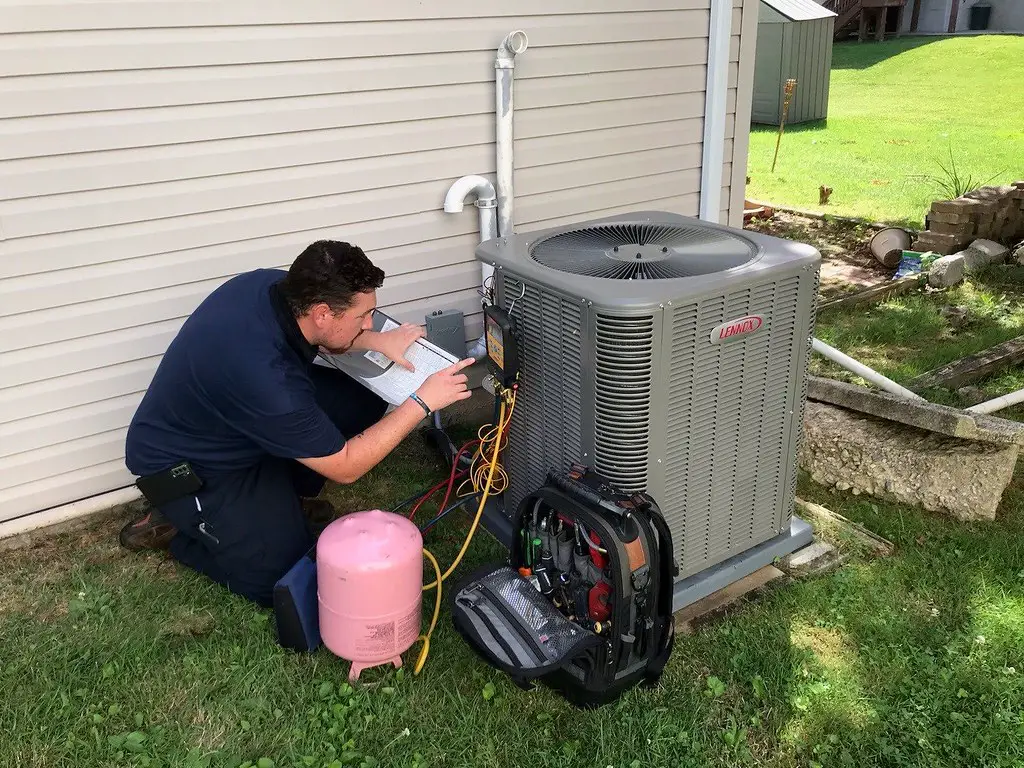
Conclusion
Your central air conditioning system is a marvel of modern convenience, but it must be understood and maintained to keep running smoothly. By paying attention to each component, from the filter to the fan, you’re ensuring a comfortable, efficient home environment.
Regular maintenance is key to the longevity of your system, and professional inspections can catch issues before they become major problems. Whether it’s replacing an air filter or clearing debris from the condenser unit, don’t underestimate the impact of seemingly small tasks on the health of your HVAC system.
Consider this your call-to-action to take control of your home’s cooling comfort. With a little education and regular upkeep, you’ll be enjoying a reliably comfortable climate indoors, no matter how high the mercury rises outside.
For further education or professional services, reach out to your local HVAC expert. They can provide additional guidance tailored to your specific system and offer the hands-on expertise necessary to keep your air conditioning running at its best. Stay cool and informed, and enjoy the summer in a refreshing oasis of your own making.

